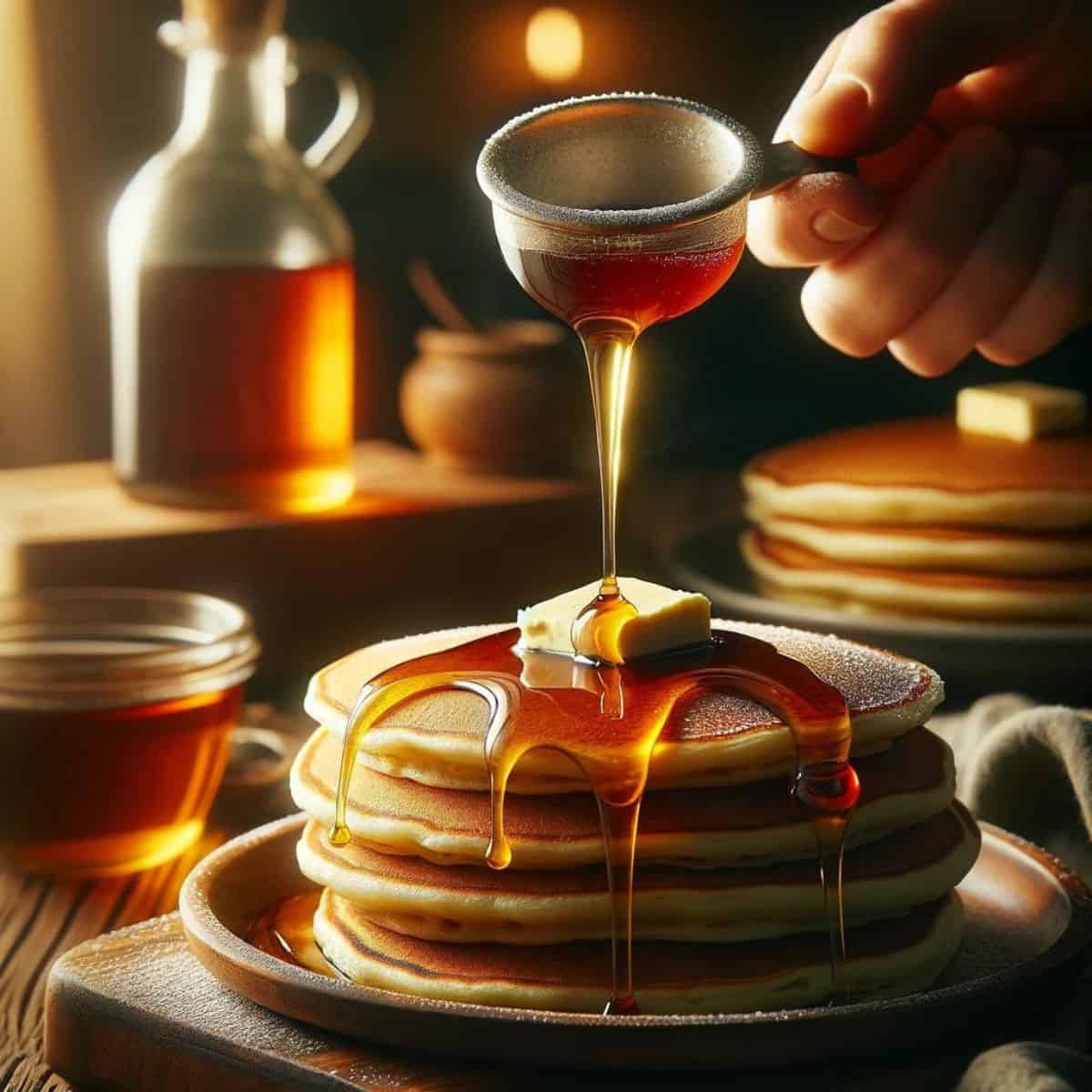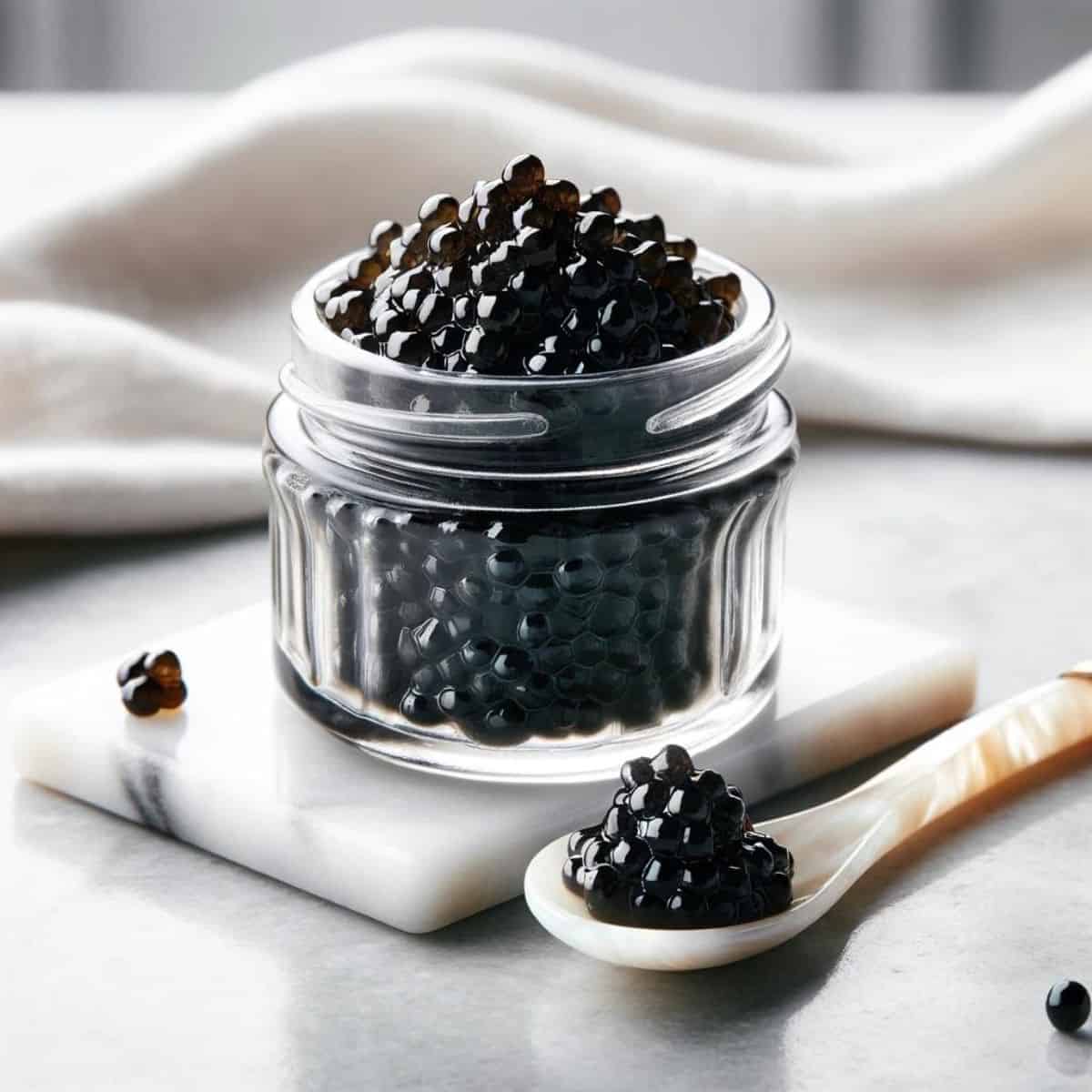
The Top 11 Commonly Faked Foods You Might Be Eating
How can someone be really sure what's on their plate?

Food lovers are passionate explorers of flavors, always seeking out new culinary experiences that delight the senses. Whether savoring a homemade dish or enjoying gourmet cuisine, they see food as more than just nutrition.
For them, it's an art form and a way to connect with cultures and traditions. For food enthusiasts, each meal is an opportunity to discover something new, turning everyday dining into a celebration of taste, creativity, and shared moments.
But would they know if their favorite food was a deception? Because food fraud is a real-world issue that costs the global food industry a staggering $40 billion yearly.
And the worst part is that your favorite dishes could be part of the deception. So, how can someone be really sure what's on their plate?
If you're not paying close attention, you could be eating counterfeit food that doesn't just mess with the taste but could also impact your family's health. This growing issue affects consumers and honest producers alike, who face financial losses and tarnished reputations.
Some of the most iconic foods in the world are frequently faked, making it crucial to recognize the red flags. Below is a list of 11 commonly faked foods, take a look and discover how to identify them.
1. Truffles
These unique underground fungi are prized by chefs for their unmistakable aroma. However, due to their rarity and high cost, some dishonest sellers replace them with artificial chemicals that imitate the taste.
To steer clear of counterfeit truffle products, opt for those that clearly state the variety, such as black or white truffles, and stay away from products that mention "truffle flavor," "truffle infusion," or "aromatic essence" in the ingredients list.
 Freepik
Freepik
2. Maple Syrup
This beloved breakfast staple, especially popular in Canada and the U.S., is made by boiling down the sap of maple trees to enhance its natural sweetness and flavor. However, some producers mix in corn syrup, caramel coloring, or other additives to replicate the texture and taste, often at a cheaper price.
To make sure you're getting authentic maple syrup, check the label for its grade—ranging from A (light) to D (dark)—and avoid products that don’t clearly state the percentage of real maple syrup.
 Freepik
Freepik
3. Wasabi
This Japanese condiment is a favorite among sashimi enthusiasts for its sharp, spicy flavor. However, true wasabi is rare and difficult to find, as it must be freshly grated from rhizomes and consumed quickly to retain its strength.
What is often served as "wasabi" in restaurants or sold in stores is usually a blend of horseradish, mustard, food coloring, and cornstarch, lacking the distinct taste of real wasabi. For a genuine wasabi experience, you may need to visit specialty stores or purchase it online, but be cautious of products labeled as "real" or "authentic" without clear verification.
 Freepik
Freepik4. Parmesan Cheese
This iconic Italian hard cheese is renowned for its rich, nutty, and tangy taste, but it's frequently targeted by counterfeiters looking to cut costs. Genuine Parmigiano-Reggiano is crafted from just milk, calf rennet, and salt, and must be aged for a minimum of 12 months.
Unfortunately, some producers bulk up their cheese with cheaper fillers like cellulose, starch, or vegetable oil, often without proper labeling. To ensure you're getting real Parmesan, check for the PDO (Protected Designation of Origin) or DOP (Denominazione di Origine Protetta) seal, which guarantees it was made under strict guidelines in the designated region of Italy.
 Freepik
Freepik
5. Vanilla
This aromatic and sweet bean is a popular choice in both baking and cooking, yet most "vanilla" products available don't actually contain real vanilla beans. Instead, many rely on synthetic or natural flavorings, which can even come from surprising sources like beaver glands, along with artificial colors, preservatives, and sweeteners.
Even items labeled as "pure" or "natural" vanilla extract may not be made entirely from vanilla beans, so it's important to check labels closely. For the highest quality and flavor, seek out products made with Madagascar, Tahitian, or Mexican vanilla beans, known for their superior taste.
 ClaireKcreation
ClaireKcreation6. Caviar
This prized delicacy, made from sturgeon or other fish eggs, has been sought after for centuries for its subtle, briny flavor. However, due to overfishing and tight regulations, caviar has become a rare and costly luxury, often substituted with less expensive alternatives.
Some sellers offer "caviar" made from the roe of other fish, like salmon or whitefish, or use synthetic materials to imitate the texture and taste of genuine caviar. To ensure you're getting the real deal, purchase from trusted suppliers who offer traceability, freshness, and quality assurance.
 Instagram
Instagram
This natural sweetener, made by bees, offers numerous health benefits, from soothing coughs to aiding in wound healing. However, not all honey is pure, as some varieties may include harmful additives or contaminants.
The most common form of honey fraud involves dilution, where honey is mixed with cheaper syrups like rice, cane, corn syrup, or even water, to increase volume and reduce costs. Other fraudulent practices include heating, filtering, or blending honey to strip it of its pollen, enzymes, and nutrients, or introducing antibiotics, pesticides, or heavy metals.
To ensure you're purchasing authentic honey, opt for local sources that offer raw, unprocessed varieties, ideally with visible pollen or honeycomb. Certifications like USDA Organic or True Source Honey can also help guarantee traceability and quality through rigorous testing.
 Freepik
Freepik
8. Extra Virgin Olive Oil (EVOO)
This nutritious fat, derived from pressing olives, has become a key ingredient in many cuisines around the world. However, the quality and authenticity of extra virgin olive oil (EVOO) can vary greatly based on factors like origin, processing, storage, and transport.
Some dishonest producers dilute EVOO with cheaper oils, such as sunflower or canola oil, or mix it with lower-grade olive oils to boost volume and cut costs. Others use synthetic additives like chlorophyll or beta-carotene to artificially enhance its green color.
To ensure you're purchasing genuine EVOO, choose oils packaged in dark glass bottles to protect them from light and air, and check for details like the harvest date and acidity level, which should be under 0.8%. Certifications like COOC, IOOC, or DOP also provide assurance of the oil's authenticity and quality.
 Instagram
Instagram
9. Wagyu Beef
This premium Japanese beef is famous for its rich marbling and tenderness, thanks to the distinctive genetics, diet, and care of the cattle. However, not all "Wagyu" beef is created equal, and some may be crossbred or raised differently than true Wagyu.
Unscrupulous sellers might label their beef as "Wagyu" simply due to partial Wagyu genetics, or misuse the term "Kobe," which refers specifically to Wagyu from Japan's Hyogo prefecture, even if the beef isn't from that region. To ensure you're getting authentic Wagyu, buy from trusted sources that can provide detailed documentation on the cattle’s origin, breeding, and feeding, and be wary of vague or misleading labels.
 Freepik
Freepik10. Coffee
This beloved drink, made from roasted coffee beans, has become a worldwide favorite, offering a wide range of varieties and flavors. However, not all coffee is responsibly or ethically sourced, and some may contain lower-quality beans or be blended with other substances to hide flaws in flavor or aroma.
Additionally, some producers engage in unethical labor practices or environmentally harmful methods during cultivation and processing, which can compromise both the quality and safety of the coffee. To ensure you're purchasing high-quality, ethically produced coffee, opt for brands that are transparent about their sourcing and roasting practices and carry certifications like Fair Trade, Rainforest Alliance, or Certified Organic.
Be sure to check details like the roast date, bean origin, altitude, processing method, and varietal for a better understanding of the coffee's quality.
 Freepik
Freepik
11. Saffron
This rare spice, derived from the stigma of the saffron crocus, has been cherished for its vibrant color, unique flavor, and medicinal benefits for centuries. However, because of its high price and labor-intensive harvesting process, saffron is often subject to adulteration and substitution.
Some sellers offer "saffron" made from cheaper alternatives like turmeric, marigold, or safflower, or bulk it up with fillers like sand, chalk, or flour. To ensure you're purchasing authentic saffron, opt for suppliers offering saffron threads instead of powder, and seek a certificate of origin that confirms ethical growing and harvesting practices.
Pay attention to its deep red color, rich aroma, and slightly bitter taste, and avoid products that lack fragrance, appear dull, or have a metallic flavor.
 Freepik
FreepikFood fraud is a significant issue that requires great consumer awareness. Avoiding deceptive products and even unhealthy food can only be achieved by understanding what to look for and buying from trustworthy sources.
Hopefully, this post will help you avoid replicas and enjoy the taste of real food.
Filip







